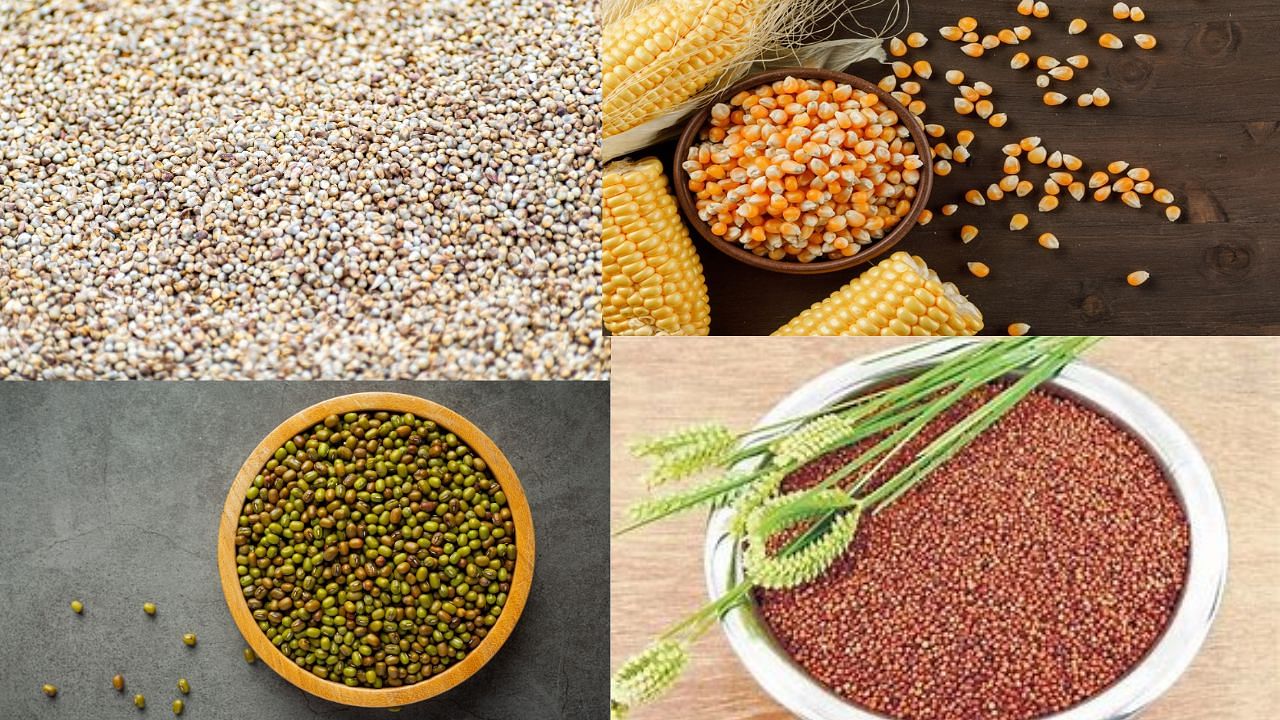
In the initial two months of the Kharif harvesting season, the mandi prices for five out of eleven major crops exceeded their respective Minimum Support Prices (MSPs), while soybean and groundnut prices aligned with the benchmark rates.
However, moong (green gram), maize, ragi (finger millet), and bajra (millet) faced lower prices in agriculture market yards (mandis).
Conversely, the pan-India average prices for jowar, tur, cotton, urad (black gram), and paddy (non-Basmati) ranged from 5% to 38% higher than their MSPs.
Notably, paddy (non-Basmati) exhibited varying rates across states, but the all-India average of ₹2,291/quintal surpassed its MSP of ₹2,183/quintal by 5%.
Analysts attribute the diverse price trends to factors beyond actual demand and supply dynamics. For example, lower moong prices were attributed to government intervention following a production decline.
Similarly, while maize prices in Karnataka exceeded the MSP, the pan-India scenario depicted lower prices, potentially due to inferior quality in other states.
Experts predict that crop prices are likely to stay above MSP levels due to reduced production estimates, with minimal buffers from previous years except in areas where the government intervened.
Among kharif crops, tur prices in Uttar Pradesh averaged ₹9,410/quintal, a 34% increase from the MSP of ₹7,000/quintal during October–November.
The all-India average mandi price was even higher at ₹9,665/quintal. Jowar prices in Maharashtra averaged ₹4,607/quintal, up 45% from the MSP of ₹3,180/quintal, though the all-India average rate was ₹3,737/quintal.
Farmers in Rajasthan sold urad at ₹7,978/quintal, 15% above the MSP of ₹6,950/quintal, but the all-India average was ₹7,474/quintal due to lower rates in Madhya Pradesh and Uttar Pradesh. Cotton (medium) rates in Mandi were ₹6,961/quintal against the MSP of ₹6,620, while in Gujarat, the price reached ₹7,019/quintal.
The all-India average maize price was 7% lower than MSP at ₹1,951/quintal, mainly due to lower rates in multiple states, but it was 4% higher at ₹2,163/quintal in Karnataka and above MSP in many southern states.
Moong prices at ₹7,806/quintal were 9% below the MSP of ₹8,558/quintal nationwide and 14% below the MSP in Rajasthan during October-November.
Rajasthan farmers received 16% less than the MSP of ₹2,500/quintal for bajra, although the all-India average was 12% below the benchmark price. The mandi price of ragi was reported at ₹3,213/quintal, down by 17% from its MSP of ₹3,846/quintal.
The Agriculture Ministry's estimate for the 2023 kharif foodgrain output is 148.57 million metric tons, a 4.6% decrease from the previous year, missing the target of 158.06 million metric tons. This reduction in output, combined with limited reserves from previous years, contributes to the current price dynamics. The agricultural landscape is marked by a mix of factors, including government interventions, varied crop quality across states, and the overall decrease in production.
As a result, farmers are experiencing diverse price scenarios, with some crops fetching prices above MSPs and others falling short due to the intricate interplay of multiple factors in the agricultural market.











